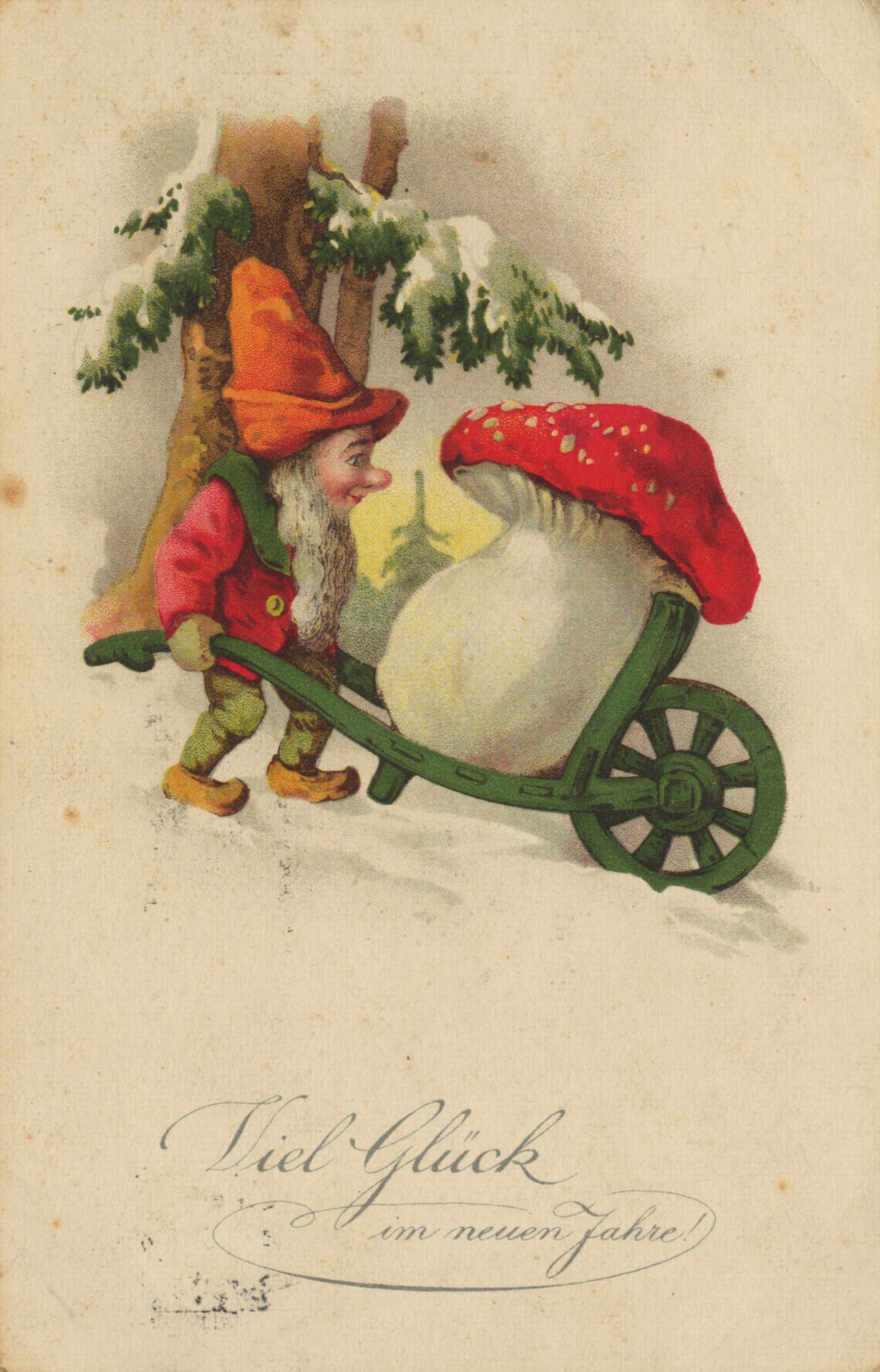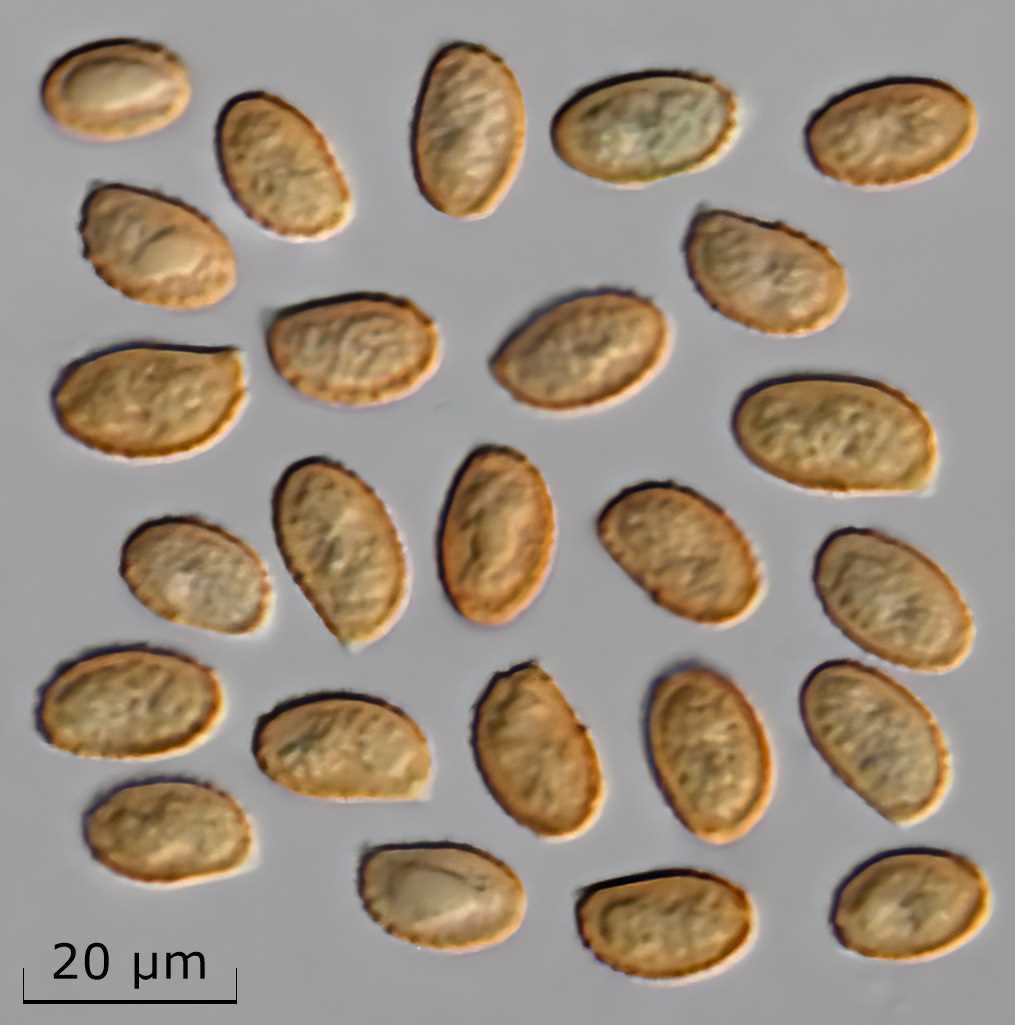|
Gymnopilus Trailii
''Gymnopilus trailii'' is a species of mushroom in the family Hymenogastraceae. See also * List of ''Gymnopilus'' species External links *Gymnopilus trailii' at Index Fungorum ''Index Fungorum'' is an international project to index all formal names (scientific names) in the fungus kingdom. As of 2015, the project is based at the Royal Botanic Gardens, Kew, one of three partners along with Landcare Research and th ... trailii Fungus species {{hymenogastraceae-stub ... [...More Info...] [...Related Items...] OR: [Wikipedia] [Google] [Baidu] |
Miles Joseph Berkeley
Miles Joseph Berkeley (1 April 1803 – 30 July 1889) was an English cryptogamist and clergyman, and one of the founders of the science of plant pathology. Life Berkeley was born at Biggin Hall, Benefield, Northamptonshire, and educated at Rugby School and Christ's College, Cambridge. Taking holy orders, he became incumbent of Apethorpe in 1837, and vicar of Sibbertoft, near Market Harborough, in 1868. He acquired an enthusiastic love of cryptogamic botany (lichens) in his early years, and soon was recognized as the leading British authority on fungi and plant pathology. Christ's College made him an honorary fellow in 1883. He was well known as a systematist in mycology with some 6000 species of fungi being credited to him, but his ''Introduction to Cryptogamic Botany'', published in 1857, and his papers on Vegetable Pathology in the ''Gardener's Chronicle'' in 1854 and onwards, show that he had a broad grasp of the whole domain of physiology and morphology as understood ... [...More Info...] [...Related Items...] OR: [Wikipedia] [Google] [Baidu] |
Mordecai Cubitt Cooke
Mordecai Cubitt Cooke (12 July 1825, in Horning, Norfolk – 12 November 1914, in Southsea, Hampshire) was an English botanist and mycologist who was, at various points, a London schoolteacher, a Kew mycologist, curator at the India Museum, journalist and author.Mary P. English (1987), ''Mordecai Cubitt Cooke: Victorian naturalist, mycologist, teacher & eccentric''. Biopress, Bristol, Cooke was the elder brother of the art-education reformer Ebenezer Cooke (art education reformer), Ebenezer Cooke (1837–1913) and father of the book illustrator and watercolour painter William Cubitt Cooke (1866–1951). Early life and education Mordecai Cubitt Cooke was born on 12 July 1825 at the village shop and post office in Horning, Norfolk to Mary (nee Cubitt) (1803–1885), postmistress and village herbalist, and Mordecai Cooke (1799–1869), village shopkeeper. His maternal grandfather was William Cubitt, who was schoolmaster in Neatishead, Norfolk. Cooke was the eldest of eight childre ... [...More Info...] [...Related Items...] OR: [Wikipedia] [Google] [Baidu] |
Rolf Singer
Rolf Singer (June 23, 1906 – January 18, 1994) was a German mycologist and Taxonomy (biology), taxonomist of gilled mushrooms (agarics). He wrote the book "The Agaricales in Modern Taxonomy (biology), Taxonomy". He fled to various countries during the Nazism, Nazi period, pursuing mycology in the Soviet Union, Argentina, and finally the United States, as mycologist at the Field Museum in Chicago. Career After receiving his Ph.D. at the University of Vienna in 1931 he worked in Munich. By 1933, however, Singer left Germany for Vienna due to the political deterioration in Germany. There he met his wife, Martha Singer. From Vienna, Singer and his wife went to Barcelona, Spain, where Singer was appointed assistant professor at the Autonomous University of Barcelona. Persecution by the Spanish authorities on behalf of the Germany, German government forced Singer to leave Spain for France in 1934. After a fellowship at the Museum d'Histoire Naturelle in Paris, Singer again moved, t ... [...More Info...] [...Related Items...] OR: [Wikipedia] [Google] [Baidu] |
Mushroom
A mushroom or toadstool is the fleshy, spore-bearing Sporocarp (fungi), fruiting body of a fungus, typically produced above ground on soil or another food source. ''Toadstool'' generally refers to a poisonous mushroom. The standard for the name "mushroom" is the cultivated white button mushroom, ''Agaricus bisporus''; hence, the word "mushroom" is most often applied to those fungi (Basidiomycota, Agaricomycetes) that have a stem (Stipe (mycology), stipe), a cap (Pileus (mycology), pileus), and gills (lamellae, sing. Lamella (mycology), lamella) on the underside of the cap. "Mushroom" also describes a variety of other gilled fungi, with or without stems; therefore the term is used to describe the fleshy fruiting bodies of some Ascomycota. The gills produce microscopic Spore#Fungi, spores which help the fungus spread across the ground or its occupant surface. Forms deviating from the standard Morphology (biology), morphology usually have more specific names, such as "bolete", " ... [...More Info...] [...Related Items...] OR: [Wikipedia] [Google] [Baidu] |
Hymenogastraceae
The Hymenogastraceae is a family of fungi in the order Agaricales with both agaric and false-truffle shaped fruitbodies. Formerly, prior to molecular analyses, the family was restricted to the false-truffle genera. The mushroom genus '' Psilocybe'' in the ''Hymenogastraceae'' is now restricted to the hallucinogenic species while nonhallucinogenic former species are largely in the genus '' Deconica'' classified in the Strophariaceae. One of the two known species of '' Wakefieldia'' has been found recently to belong to this family but formal transfer cannot be made until the phylogeny of the type species of the genus is resolved. '' Psathyloma'', added to the family in 2016, was circumscribed to contain two agarics found in New Zealand. Genera *'' Alnicola'' (12 species) *'' Dendrogaster'' (1 species) *'' Flammula'' (113 species) *'' Galera'' (4 species) *'' Galerina'' (307 species) *'' Galerula'' (3 species) *'' Gymnopilus'' (209 species) *''Hebeloma ''Hebeloma'' is a genu ... [...More Info...] [...Related Items...] OR: [Wikipedia] [Google] [Baidu] |
List Of Gymnopilus Species
This is a list of species in the agaric fungi genus ''Gymnopilus''. There are about 200 species in the widespread genus. *'' G. abramsii'' Murrill (1917) *'' G. aculeatus'' (Bres. & Roum.) Singer (1951) *'' G. acystidiatus'' Guzm.-Dáv. & Guzmán (1991) *'' G. aeruginosus'' (Peck) Singer (1951) *'' G. alabamensis'' Murrill (1917) *'' G. alienus'' (Peck) Murrill (1917) *'' G. allantopus'' (Berk.) Pegler (1965) *'' G. alpinus'' (Singer) Singer (1951) *'' G. amarissimus'' Murrill (1941) *'' G. angustifolius'' Hesler (1969) *'' G. anomalus'' B.J. Rees (2002) *'' G. arenicola'' Hesler (1969) *'' G. arenophilus'' A. Ortega & Esteve-Rav. (2005) *'' G. areolatus'' Murrill (1943) *'' G. armillatus'' Murrill (1940) *'' G. aromaticus'' Murrill Murrill (1917) *'' G. aurantiacus'' Hesler (1969) *'' G. aurantiobrunneus'' Z.S. Bi (1986) *'' G. aurantiophyllus'' Hesler (1969) *'' G. aureobrunneus'' (Berk. & M.A. Curtis) Murrill *'' G. austropicreus'' B.J. Rees (2001) *'' G. austr ... [...More Info...] [...Related Items...] OR: [Wikipedia] [Google] [Baidu] |
Index Fungorum
''Index Fungorum'' is an international project to index all formal names (scientific names) in the fungus kingdom. As of 2015, the project is based at the Royal Botanic Gardens, Kew, one of three partners along with Landcare Research and the Institute of Microbiology, Chinese Academy of Sciences. It is somewhat comparable to the International Plant Names Index (IPNI), in which the Royal Botanic Gardens is also involved. A difference is that where IPNI does not indicate correct names, the ''Index Fungorum'' does indicate the status of a name. In the returns from the search page, a currently correct name is indicated in green, while others are in blue (a few, aberrant usages of names are indicated in red). All names are linked to pages giving the correct name, with lists of synonyms. ''Index Fungorum'' is one of three nomenclatural repositories recognized by the Nomenclature Committee for Fungi; the others are '' MycoBank'' and '' Fungal Names''. As of 2023, over a millio ... [...More Info...] [...Related Items...] OR: [Wikipedia] [Google] [Baidu] |
Gymnopilus
''Gymnopilus'' is a genus of gilled mushrooms within the fungal family Hymenogastraceae containing over 200 rusty-orange spored mushroom species. Description The basidiocarp, fruit body is typically reddish brown to rusty orange to yellow, medium to large, often with a well-developed partial veil, veil. Similar genera Members of ''Pholiota'' and ''Cortinarius'' are easy to confuse with ''Gymnopilus''. ''Pholiota'' can be distinguished by its viscid pileus (mycology), cap and duller (brown to cinnamon brown) basidiospore, spores, and ''Cortinarius'' grows on the ground. Beginners can confuse ''Gymnopilus'' with ''Galerina'', which contains deadly Mushroom poisoning, poisonous species. Taxonomy ''Gymnopilus'' was formerly divided among ''Pholiota'' and the defunct genus ''Flammula''. The genus has over 200 species worldwide. Psychoactive species Fourteen members of ''Gymnopilus'' contain psilocybin, although their bitter taste often deters recreational users. These spe ... [...More Info...] [...Related Items...] OR: [Wikipedia] [Google] [Baidu] |


